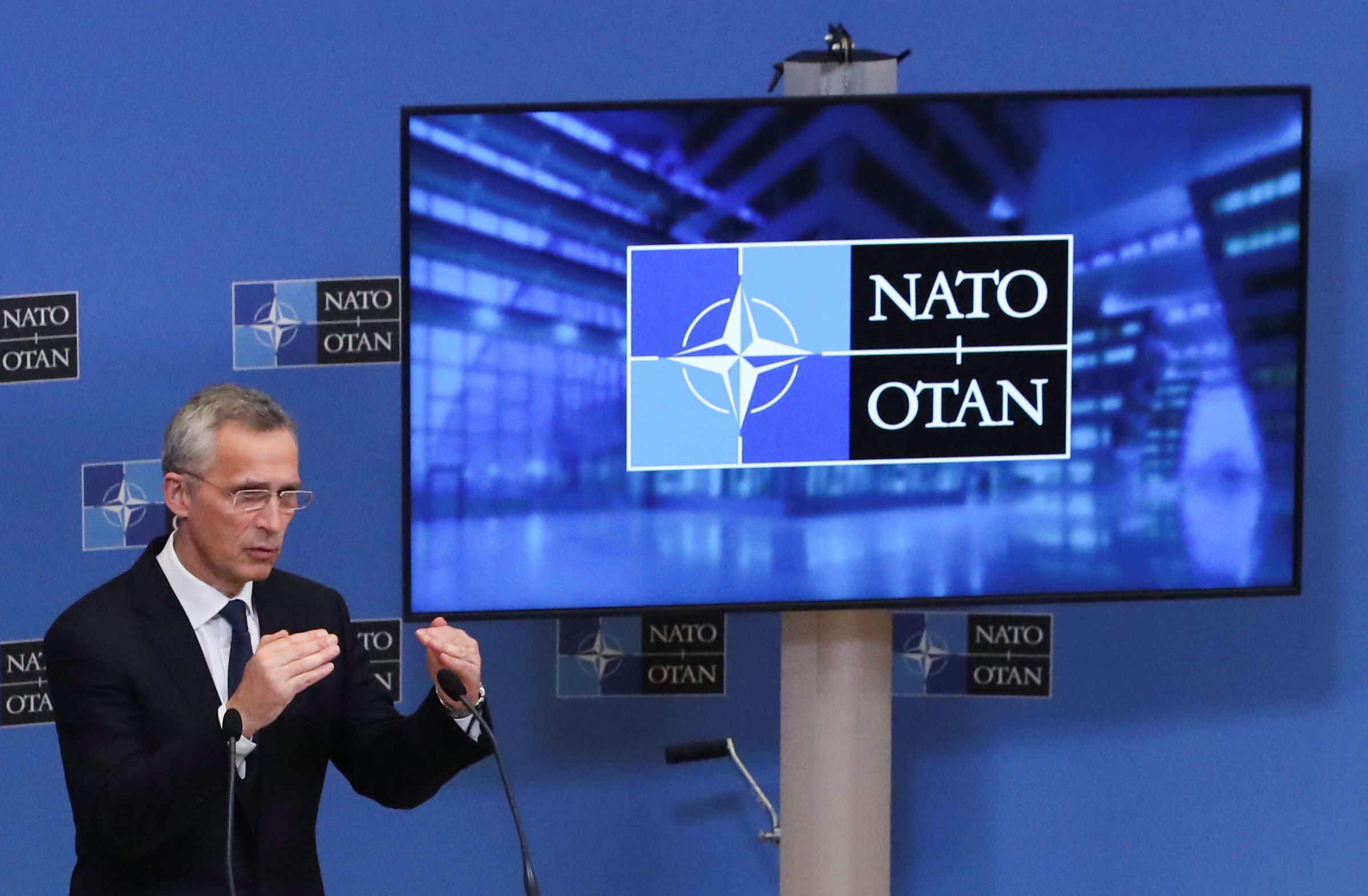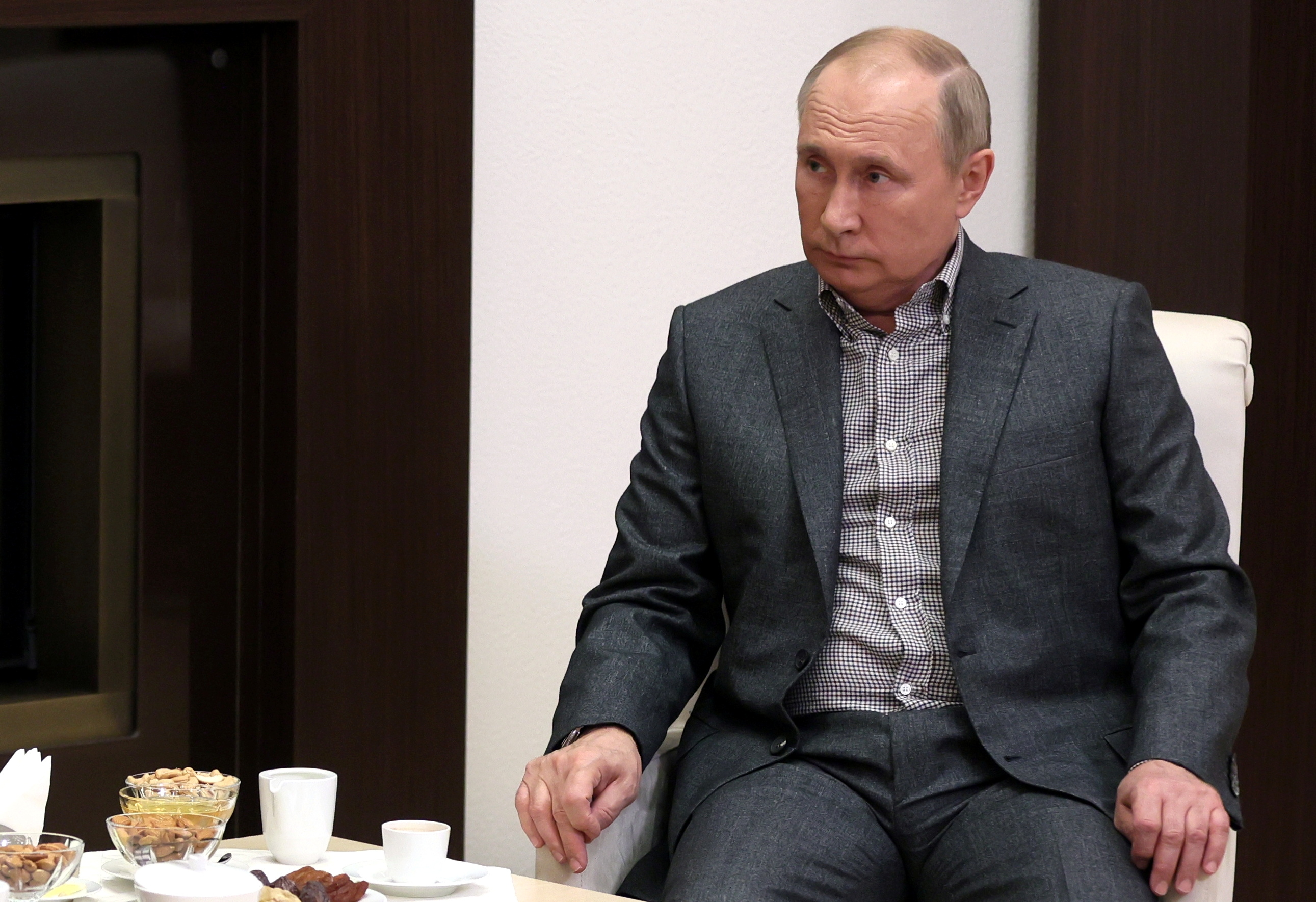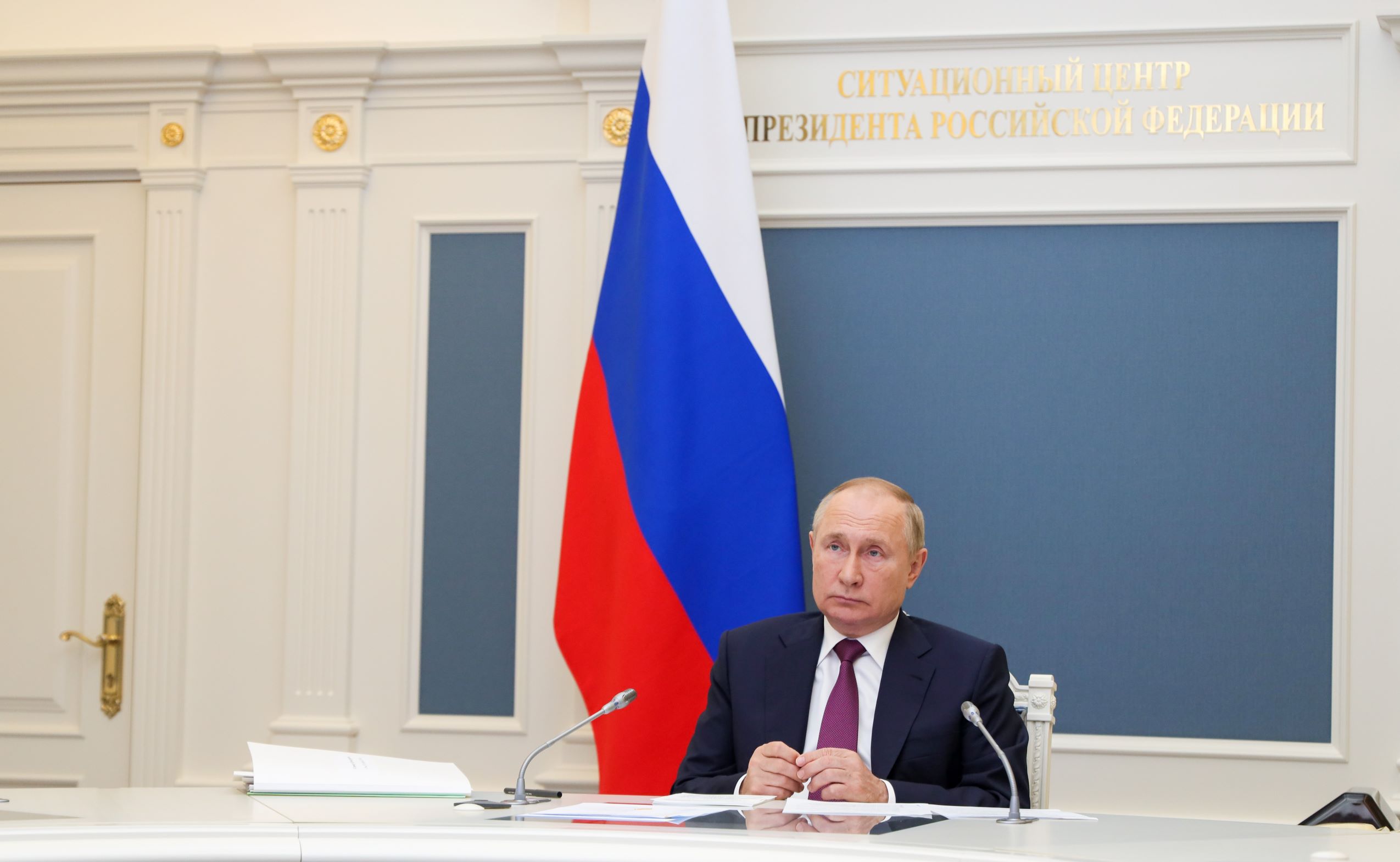Potential Impact of Russia's Demands on NATO's Defence and Deterrence
The draft treaties with the U.S. and NATO published by Russia on 17 December contain proposals to limit the American and allied presence and military activity in the Russian neighbourhood. Most of them are not new and have already been rejected. If now they become an impulse for dialogue with Russia, they could weaken the Alliance. Possible negotiations of regional instruments ( regarding the Eastern Flank) of arms control and disarmament may lead to stopping or even withdrawing the process of NATO’s adaptation to the threat from Russia.
 Fot: Alexander Shcherbak/TASS/FORUM
Fot: Alexander Shcherbak/TASS/FORUM
Russia’s Main Proposals
In the draft treaties, Russia has developed and detailed the demands it presented on 10 December. Once again it called on NATO to provide guarantees that the Alliance will stop its further enlargement. Moreover, Russia has proposed that the U.S. not deploy its armed forces in regions where Russia could consider it a threat. It put particular emphasis on prohibiting the operation of warships and strategic bombers in those areas of international sea and air space from which an attack on the territory of the opposing party would be possible, the withdrawal of nuclear weapons deployed on the territories of other countries, agreement not to deploy short- or medium-range land-launched missiles outside one’s own territory or in areas from where they could reach the other party to the agreement. In relation specifically to NATO, Russia renewed its proposal to limit exercises to a brigade level in border regions and proposed the withdrawal of allied military units and other NATO infrastructure from countries that joined the Alliance after 1997.
NATO Response
The Russian concepts have already been criticised by the allies. On 16 December, the U.S. and the North Atlantic Council firmly rejected the demand for a pledge by the Alliance not to enlarge. German Defence Minister Christine Lambrecht emphasised that Russia could not dictate to NATO where and what forces it should deploy, but signalled its readiness to enter into dialogue with the country. President Joe Biden’s national security advisor, Jack Sullivan, suggested that the U.S. is ready to talk to Russia on European security, albeit on the condition that Russia makes goodwill gestures.
The statements by these representatives of the U.S. and Germany, as well as previously presented positions by other allies (e.g., France and Italy) on NATO-Russia relations suggest that the Russian proposals may serve as impetus for negotiations aimed at de-escalating tensions in Europe. Among the topics could be the development of a regional arms control, disarmament and military transparency regime related to the Eastern Flank, resembling, for example, Germany’s ideas from 2016 (the “Steinmeier Initiative”).
The Stakes of Dialogue with Russia
The Alliance will not agree to accept Russia’s proposal in extenso, as a return to the security situation in 1997 would mean that NATO’s adaptation to the Russian threat would be reversed and some of its allies would be deprived of a credible defence capability. It also would be acceptance of a Russian zone of influence covering almost the entire area of the former USSR and the former Warsaw Pact, which would be capitulation of Western policy towards Russia and the actual end of NATO.
The Russian proposals may, however, initiate a debate on regional issues concerning only the Eastern Flank, and limits or moratoria on specific types of weapons. Depending on the adopted definition, this would force a revision of NATO’s 2019 military strategy, Concept for Deterrence and Defence in the Euro-Atlantic Area from 2020, and the successively developed operational plans. The new regime could apply not only to multinational battle groups deployed in Poland and the Baltic states or the brigade in Romania, which would be limited or withdrawn, but also to American units hosted by allies under bilateral agreements with the U.S. Some countries, including Poland, possibly would have to withdraw from plans to build infrastructure allowing for the reception of larger U.S. and NATO follow-on forces in the event of a crisis and the storage of American weapons and systems. It is possible that some of the Eastern Flank countries would have to suspend some defence programmes, for example in the field of rocket artillery, stealth aircraft, or cruise missiles.
Even if it took years to reach an agreement, just starting such a dialogue with Russia could pressure allies seeking to de-escalate tensions to—by unilateral concession—limit, for example, the rotations of U.S. forces to the region and/or suspend the construction of military infrastructure or the implementation of national plans for technical modernisation. They could also press NATO to limit the scale and nature of the exercises on the Eastern Flank. The complete abandonment of large manoeuvres in the area close to Russia’s borders—probably covering the Baltic states, a large part of Poland, as well as the Baltic, Black and Barents seas—would mean that NATO would not be able to check the interoperability of its forces and test the adopted strategic and operational assumptions. Moreover, the Russian proposals for no-go areas for strategic bombers and warships would prevent even smaller training activities on the Eastern Flank.
The possible start of talks on the non-strategic nuclear weapons deployed in Europe by the U.S. would, in turn, reopen the long-standing divisions within the Alliance on this issue. This could lead to, among others, the suspension of Germany’s decision to acquire new dual-use aircraft capable of carrying the American B-61 bombs. The withdrawal of these weapons from Europe, as well as the consent to prohibit the use of medium and short-range missiles in certain areas, would consolidate Russia’s advantage over the U.S. in this weapon type, which includes the 9M729 manoeuvring missile and the Iskander (NATO: SS-26 Stone) ballistic missiles, both of which can carry nuclear warheads.
Russia would benefit more than NATO from any regional agreement on arms control and disarmament. This is because of the imbalance in the Alliance’s ability to strengthen its forces in the Central and Eastern European theatre of operations. Russia maintains a regional advantage over NATO in conventional forces (even 3:1) and in advanced missile, anti-missile and anti-aircraft defence and radio-electronic warfare systems. Even if these forces and equipment were moved farther from the borders with NATO, Russia has the ability to quickly and covertly transport them from the interior of the country, as demonstrated by the Zapad-21 exercises and this year’s concentration of forces near the border with Ukraine. Russia would therefore remain capable of amassing enough troops and equipment to successfully strike the Alliance, which would allow it to continue to use the threat of force. Ultimately, if Russia were to believe that its interests were at stake, it would most likely withdraw from new agreements (such as the Conventional Armed Forces in Europe and Open Skies treaties) or breach them, as in the case of the INF treaty.
Perspectives
In adapting to the threat from Russia, the Alliance has complicated that country’s calculations for a swift victory on the Eastern Flank as a result of a surprise attack in a time- and space-limited military operation. Russia must factor in that, unlike before 2014, NATO has the ability to defend its Eastern Flank, including operations aimed at regaining territory. Russia seeks to reverse these changes through an attempt to impose arms control and disarmament.
It would therefore be unfavourable for NATO members to enter into dialogue with Russia under the assumption that that it is possible to negotiate the scale and nature of the presence and military activity of the Alliance on the Eastern Flank. This could block the way to further enhancing NATO’s deterrence and defence potential, hinder the implementation of decisions made, and even limit allies’ willingness to engage in existing initiatives. Divisions regarding the methods of reducing the risk of escalation on the Eastern Flank could also lead to such results.
Negotiations on regional arms control and disarmament measures would also weaken the social and political situation of the Eastern Flank countries. Seen as undermining allied commitments, they would introduce an element of threat and instability to the internal debate, making it easier for Russia to conduct hybrid operations against these states. For these reasons, the Allies should offer Russia—under the condition of reciprocity and demonstrating goodwill and de-escalating the situation concerning Ukraine—a dialogue solely on military transparency, including communication channels in case of emergencies, procedures for dealing with incidents, and ways to avoid them.






